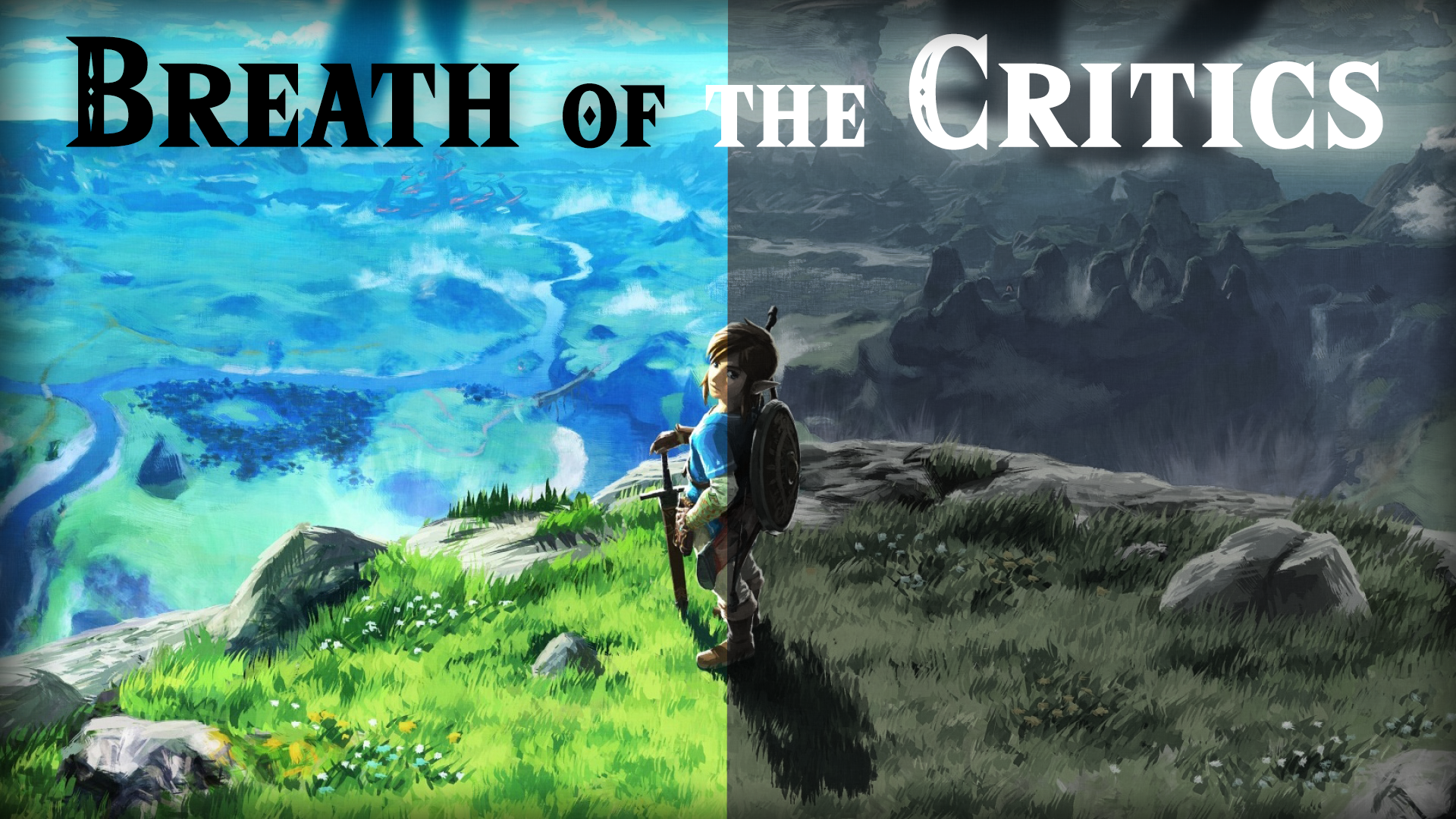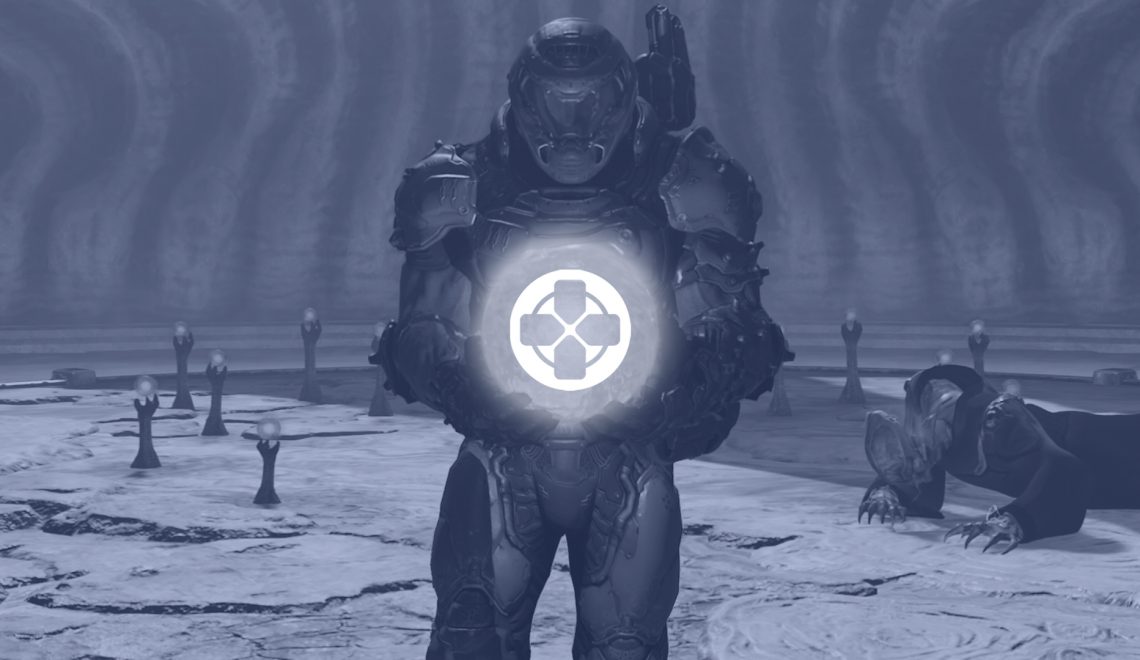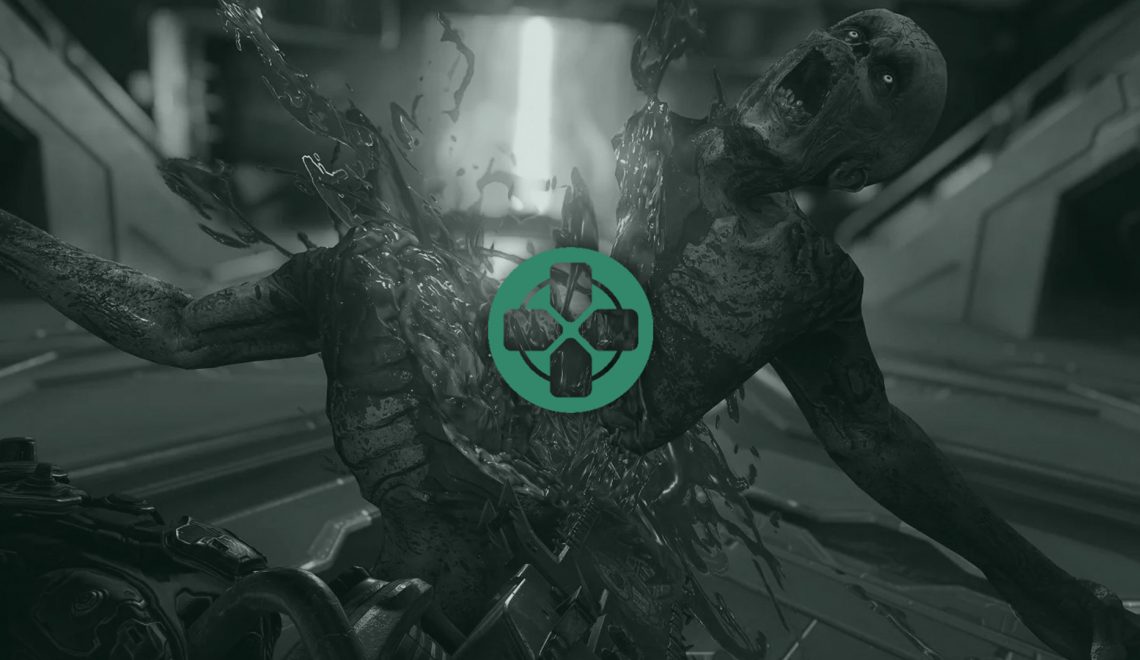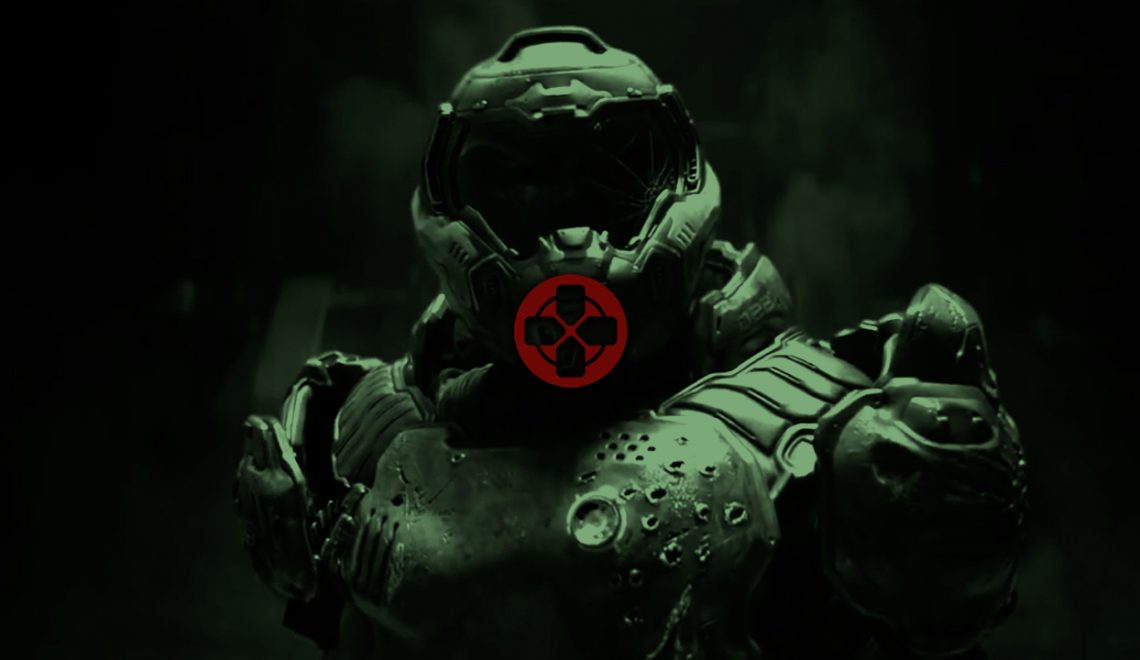
Whether outlying reviews are positive or negative, calling them “real” reviews that go against the grain or “fake” ones that are only seeking attention are wrong ways to perceive them. We need to approach reviews by their content, not just by their score. We should pay more attention to the individual and their record, not wholly judge an outlet. We must be advocates that their opinions are allowed, not censored. Reviews should be judged by their sincerity and quality. This is how the scrutiny of readers should be guided, which is why I believe it’s timely to demonstrate this in action with an analysis of Breath of the Wild reviews–both glowing and harsh–that distinguish between strong and lacking criticism. In doing so, I only intend to provide honest dissections of published content in the hopes that we can all learn from one another. Be it far from me to suggest that we can discern a reviewer’s intentions. This is impossible and fruitless, but the least we can do is practice educated evaluations to see if they are being fair. Let’s begin with an overview of samples that call Nintendo’s latest one of the “all-time greats” to see if any of them are discernibly blinded by nostalgia.




